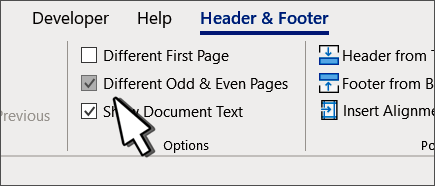

If you’ve already typed information into your header or footer, it’s important to place the page number at the Current Position to avoid losing anything.

You can review the Header & Footer Tools Design tab to view and explore these options. There are many other header and footer options you can use to design these sections of your document. To do this, you’ll need to remove any content control fields from the header or footer. However, you’ll often just want to type a normal header without any content controls. Content controls can contain information such as the document title or company name, and they allow you to enter this information into a form field. Otherwise, it will not change when the document is opened at a later date.īy default, some of the built-in headers and footers have snippets of text that are called content controls.

Place a check mark in the Update Automatically box if you would like it to always reflect the current date.To insert the date or time into a header or footer: Type the desired information into the header or footer.The Design tab will appear on the Ribbon, and the header or footer will appear in the document.From the drop-down menu, select Blank to insert a blank header or footer, or choose one of the built-in options.Text entered in the header or footer will appear on each page of the document. Headers and footers can help keep longer documents organized and make them easier to read. In this lesson, you will learn how to insert and edit headers and footers. Headers and footers generally contain information such as the page number, date, and document name. The header is a section of the document that appears in the top margin, while the footer is a section of the document that appears in the bottom margin. You can make your document look professional and polished by utilizing the header and footer sections.


 0 kommentar(er)
0 kommentar(er)
